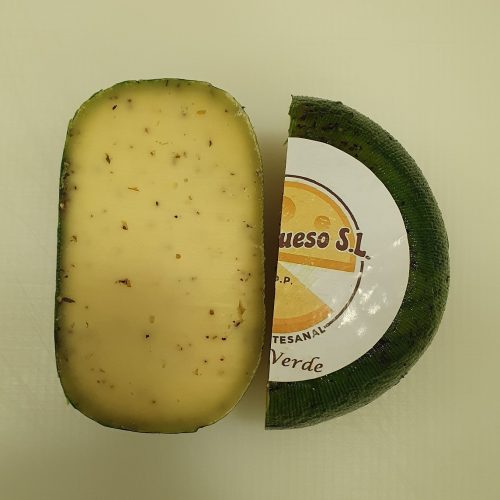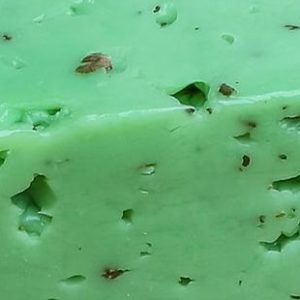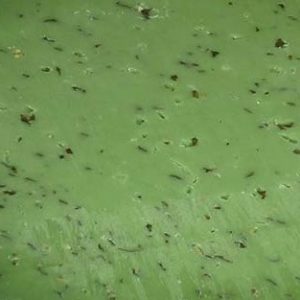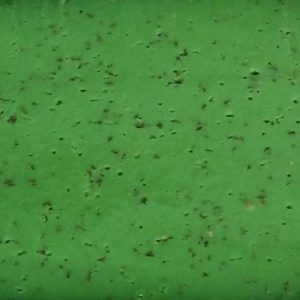The origin of Gouda Cheese by Craxi Gouda farm cheese.
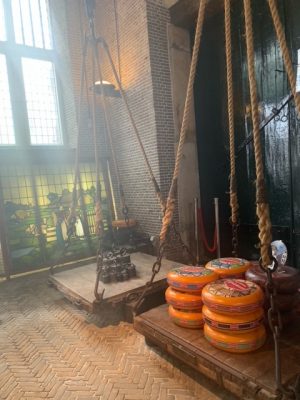
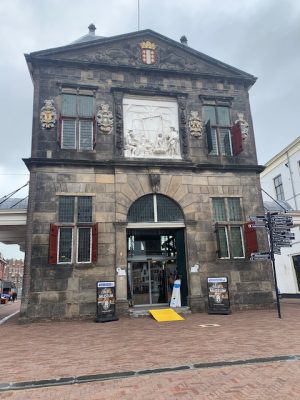
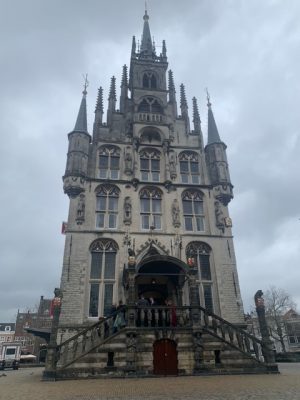
The origin of Gouda Cheese.
Today, Gouda has become an international household name and is considered one of the most popular cheeses in the world. Gouda ranks third among the most consumed cheeses in the world, first is Mozzarella, followed by Parmesan, and fourth is Cheddar.
In the Netherlands, 650 million kilos of Gouda cheese are produced every year. Most of it is produced industrially from pasteurised milk, But the good news for true cheese lovers is: there are still around 280 farmers across the country making authentic gouda cheese from raw milk on their cheese farms in the traditional way!
This type of Gouda is given the title Boerenkaas (Gouda farmer’s cheese) and is protected under EU trade laws. This cheese must be made from untreated milk and prepared according to certain historical standards.
The place of origin of Gouda cheese is the town of Gouda.
There is no country in the world where people don’t know Gouda cheese! People always immediately associate the word Gouda with cheese but do not know that Gouda is a city in the Netherlands where the origins of Gouda cheese began many centuries ago.
In the town of Gouda in the Netherlands, there have been cheese markets since the beginning of the 14th century where this ‘Dutch gold’ was traded. Gouda was the center of the cheese trade; buying, selling, and exporting took place mainly in this town.
The origin of Gouda cheese is the Netherlands, but does all Gouda cheese come from the Netherlands?
The export of factory Gouda cheese from the Netherlands was and still is successful, but “Gouda” is not a protected name with the result that in many countries the cheese is copied in an attempt to get a piece of the ‘pie’. As a result, a huge load of fake Gouda floods the markets and whose quality is often far below Dutch quality standards. It wasn’t until 2010 that legislation was introduced that curbed this somewhat. The product was given (Gouda factory cheese) a protected geographical indication. This means that the name “Gouda Holland” is protected for Dutch Gouda factory cheese. If you buy cheese with this designation, then the milk comes from the Netherlands and the cheese is produced and matured in the Netherlands.
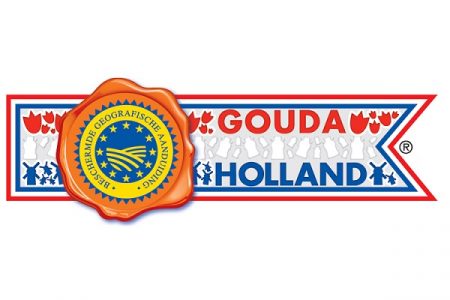
How do you know you’re buying the original authentic raw milk gouda farmer’s cheese?
Fortunately, authentic gouda cheese is still made in the traditional way with great passion and craftsmanship on cheese farms in the Netherlands. This premium quality gouda farm cheese can be ordered from our Craxi webshop but is also widely available in the Craxi gouda farm cheese store in Malaga, Spain.

Craxi Dutch Gouda farmer’s cheese is a Guaranteed Traditional Speciality (TSG)
If you have any further questions please contact us via the contact form.
Just eat real cheese, not because we say so, but because it’s just so much tastier than factory cheese!
Only 100% fresh milk is still used for the production of Boerenkaas (Gouda farmer’s cheese), straight from the cow. So Boerenkaas is always made from so-called ‘raw’ milk. Milk that has not undergone any further treatment. That – together with the traditional preparation – makes the flavour of Boerenkaas so rich, powerful, and unique. All the taste characteristics of the milk are retained. Due to the presence of enzymes and bacteria that naturally occur in milk, cheese made with raw milk gains flavour.
The place of origin of the world-famous Gouda cheese is the town of Gouda in the Netherlands. As Gouda cheese is not a protected name, this popular cheese is made all over the world in cheese factories. The authentic Gouda cheese was and still is made from raw milk. This raw milk gouda farmer’s cheese is still made on a small scale on cheese farms in the Netherlands. Unlike the name gouda cheese, Dutch Gouda farmer’s cheese is recognised by the European Union as a guaranteed traditional speciality.
